How do you make power factor for NRL Hunter matches? What even is power factor? I decided to take an in-depth dive to make this concept easy to digest.
Disclaimer
Ultimate Reloader LLC / Making with Metal Disclaimer: (by reading this article and/or watching video content you accept these terms). The content on this website (including videos, articles, ammunition reloading data, technical articles, gunsmithing and other information) is for demonstration purposes only. Do not attempt any of the processes or procedures shown or described on this website. All gunsmithing procedures should be carried out by a qualified and licensed gunsmith at their own risk. Do not attempt to repair or modify any firearms based on information on this website. Ultimate Reloader, LLC and Making With Metal can not be held liable for property or personal damage due to viewers/readers of this website performing activities, procedures, techniques, or practices described in whole or part on this website. By accepting these terms, you agree that you alone are solely responsible for your own safety and property as it pertains to activities, procedures, techniques, or practices described in whole or part on this website.
Power Factor for NRL Hunter Competitions
NRL Hunter competitions are similar to but not the same as PRS matches. NRL Hunter matches place the shooter in a natural environment and present real-life hunting scenarios to help you improve your skills and ability to take accurate and ethical shots on game. Though good equipment helps, it’s important to realize this isn’t an equipment race like some other disciplines. The idea is to find and engage targets from positions you can use in the field with equipment you’d take in the field.
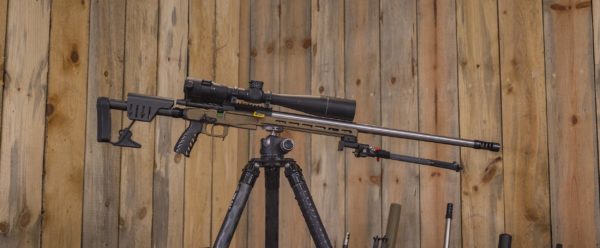
I wanted to shoot one of Gavin’s rifles, so I decided to compete in the open heavy class (16 pound max weight rifle + accessories). This 6.5 Creedmoor has a heavier barrel so I put the action in an XLR Element chassis to make the weight limit. The gun is topped off with a Leupold Mark 5 scope. I considered using the Bergara MG Lite which is a great factory option, but wanted to take advantage of the custom job Gavin had done with his 6.5 Creedmoor.
Competitors using reloads in NRL Hunter matches must make what is called Power Factor. This doesn’t apply to anyone using factory ammunition as it is assumed they have significant knockdown power. The goal is to eliminate anyone showing up with a super heavy rifle and light-recoiling loads. Power factor is calculated as bullet weight (grains) times velocity (fps). This number must be 380,000 or greater for a load to qualify. Note that there are many ways to calculate power factor, but this is the formula NRL Hunter has specified.

Meeting the power factor threshold can be accomplished through using a heavy bullet or a fast bullet. A lighter weight bullet will require a greater velocity to reach the power factor number.
The Test and Results
Using Gavin’s 6.5 Creedmoor build and a Caldwell G2 chronograph, I tested several different loads using Lapua SRP brass and Federal small rifle primers. I used two different bullets, Berger 140 grain Hybrid Target and Hornady 147 grain ELD-M as well as three different powders: H4350, N555 and Winchester StaBALL 6.5 Ball Powder.
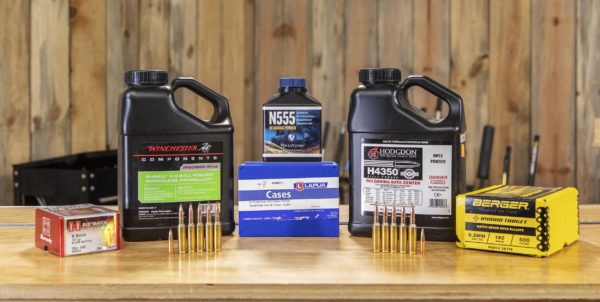
I played around with different loads using Area 419’s ZERO press. Some simple math revealed that a load needed a velocity of 2,714 fps to meet power factor with the 140 grain Bergers whereas the 147 grain Hornady ELD-Ms required a lower velocity of 2,585 fps.
Here’s the velocity and Power Factor results, sorted from the lowest Power Factor result to the highest.

Though not all of the loads I tried met power factor, I achieved great groups with all of the powder/bullet combinations.
The chart below offers a great visual representation of the variety of choices available. Gavin pointed out that because all loads are chronographed at each match, temperature sensitivity is something to consider when deciding upon a load. Consider the differences between the climate and conditions you are testing in and shooting in. Two of the tested loads, 42.5 gr. StaBall 6.5 with a 140 grain Berger Hybrid and 42.5 grains N555 with a 140 grain Berger Hybrid, landed right below and above the 380,000 threshold respectively. These are two loads to watch as you may be right on the edge.
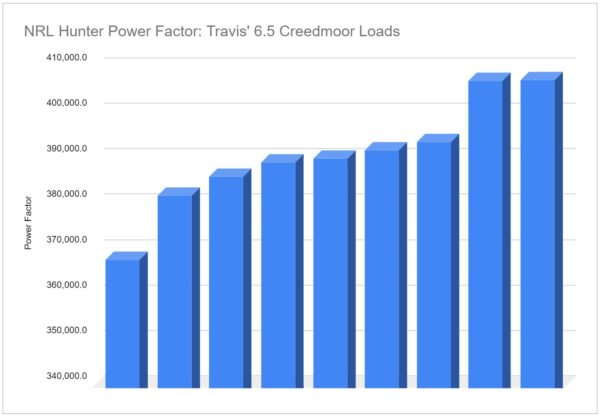
All of the loads using a Hornady ELD-M easily made the power factor. Gavin took this moment of discovery to give a physics lesson. Power factor is a momentum number. That momentum number is proportional to either mass or velocity, unlike energy. The heavier bullets are favored in this case.
Why might someone shoot a higher power factor? In cases of a tie, the competitor with the higher power factor takes the lead per NRL Hunter competition rules.
Conclusion
In considering power factor for any caliber in NRL Hunter competitions, there will always be a trade off. I believe everything comes down to recoil management.
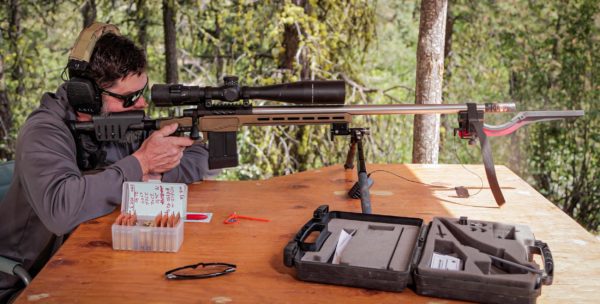
While shooting factory ammunition is easier, reloading your own ammunition gives you a greater ability to cater to your rifle and select a power factor number you’re comfortable with.
Personally, I decided to use a heavier bullet and go beyond the power factor number. Shooting a heavier bullet also gives me a higher BC to cut through the winds I’ll likely encounter.
Get the Gear
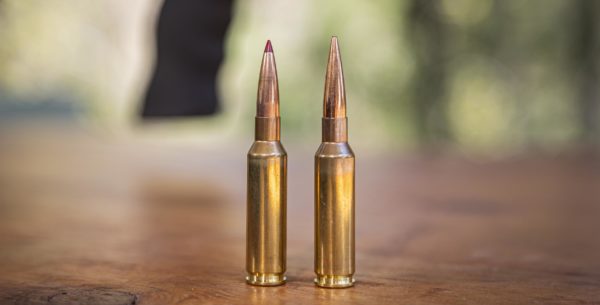
Lapua 6.5 Creedmoor Small Rifle Primer Cases
Berger 140 grain Hybrid Target Bullets
Hornady 147 grain ELD-M Bullets
Winchester StaBALL 6.5 Ball Powder
Don’t miss out on Ultimate Reloader updates, make sure you’re subscribed!
Thanks,
Travis Fox
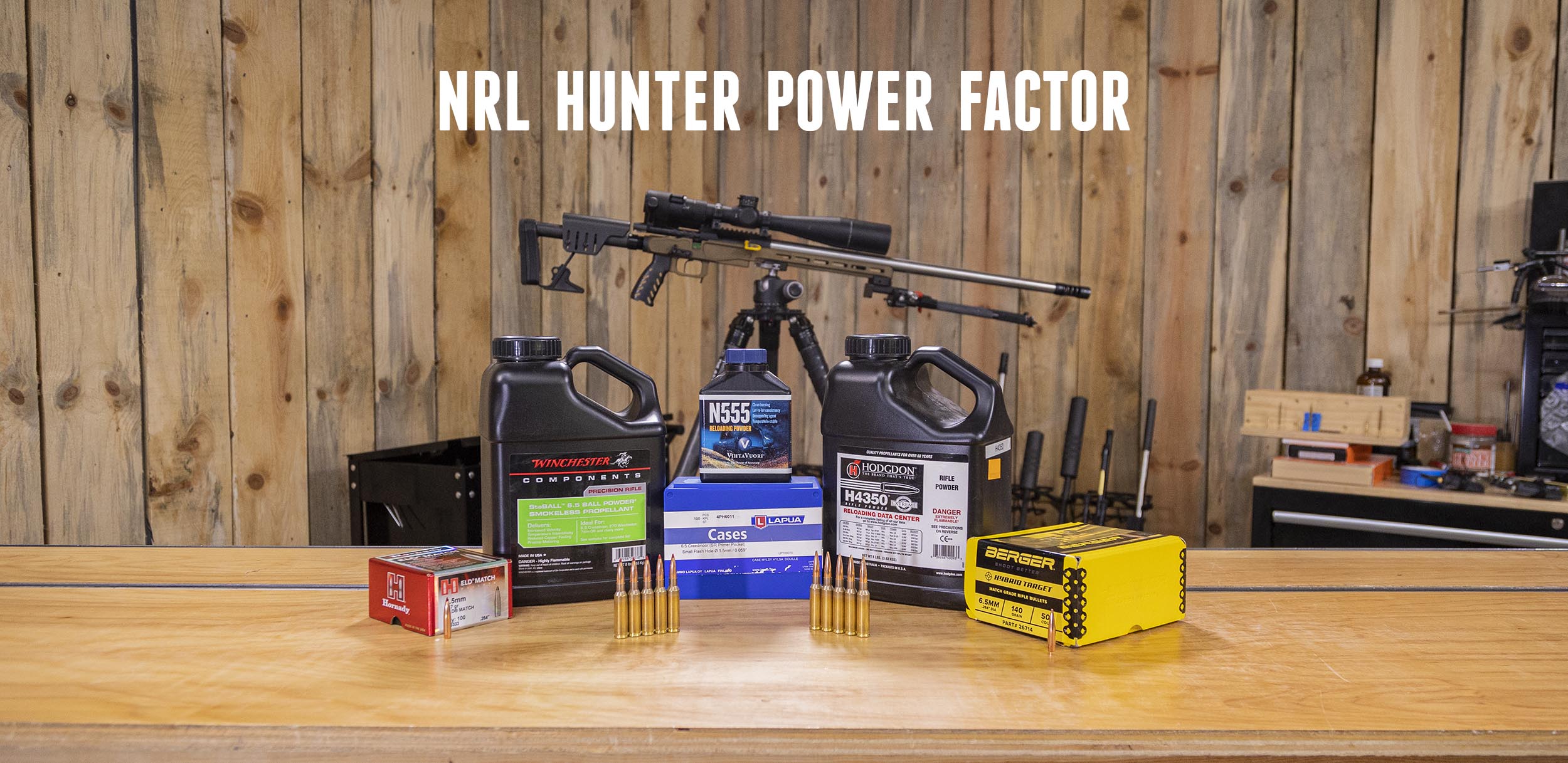
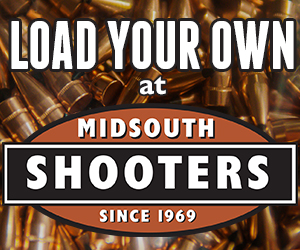









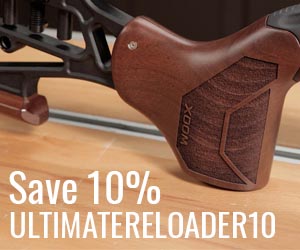




















































Good luck in your pursuit of accuracy.